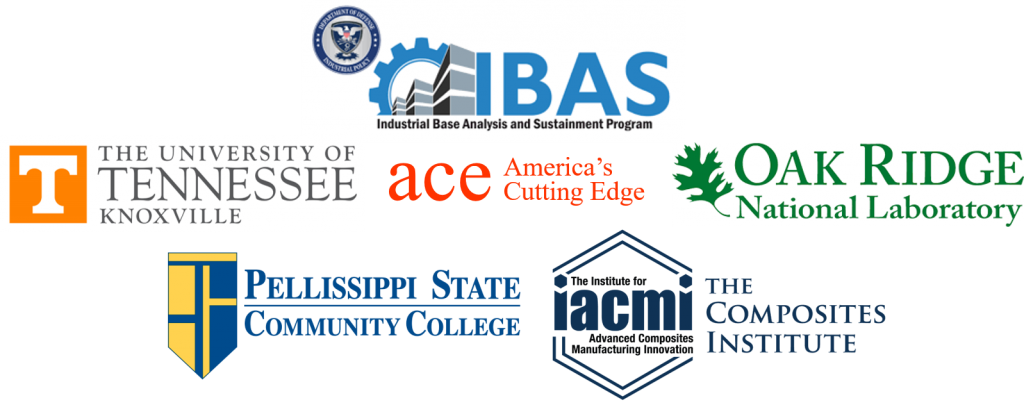
The online curriculum is composed of:
- an introduction to additive manufacturing (AM)
- AM process flow and specific technologies
- mechanical properties of AM materials – print parameters and design tools
- new developments and future directions for AM
- directed energy deposition for metal AM
- metal powder bed fusion
- multiple choice quizzes to assess learning and track progress.
Step 1: Introduction to additive manufacturing
- Download and watch Dr. Compton’s AM module 1 video. (Dropbox access is provided after registration).
- Complete the Introduction to additive manufacturing quiz.
Introduction to additive manufacturing quiz
Answer the questions.
Step 2: AM process flow and specific technologies
- Download and watch Dr. Compton’s AM module 2 video. (Dropbox access is provided after registration).
- Complete the AM process flow and specific technologies quiz.
AM process flow and specific technologies quiz
Answer the questions.
Step 3: Mechanical properties of AM materials
- Download and watch Dr. Compton’s AM module 3 video. (Dropbox access is provided after registration).
- Complete the Mechanical properties of AM materials quiz.
Mechanical properties of AM materials quiz
Answer the questions.
Step 4: New developments and future directions for AM
- Download and watch Dr. Compton’s AM module 4 video. (Dropbox access is provided after registration).
- Complete the New developments and future directions for AM quiz.
New developments and future directions for AM quiz
Answer the questions from the New developments and future directions for AM.
Step 5: Directed energy deposition for metal AM
- Download Dr. Jared’s PowerPoint presentation, select Slide Show mode, and watch the presentation. (Dropbox access is provided after registration).
- Complete the Directed energy deposition for metal AM quiz.
Directed energy deposition for metal AM
Answer the questions.
Step 6: Metal powder bed fusion
- Download Dr. Jared’s PowerPoint presentation, select Slide Show mode, and watch the presentation. (Dropbox access is provided after registration).
- Complete the Metal powder bed fusion quiz.
Metal powder bed fusion
Answer the questions.
